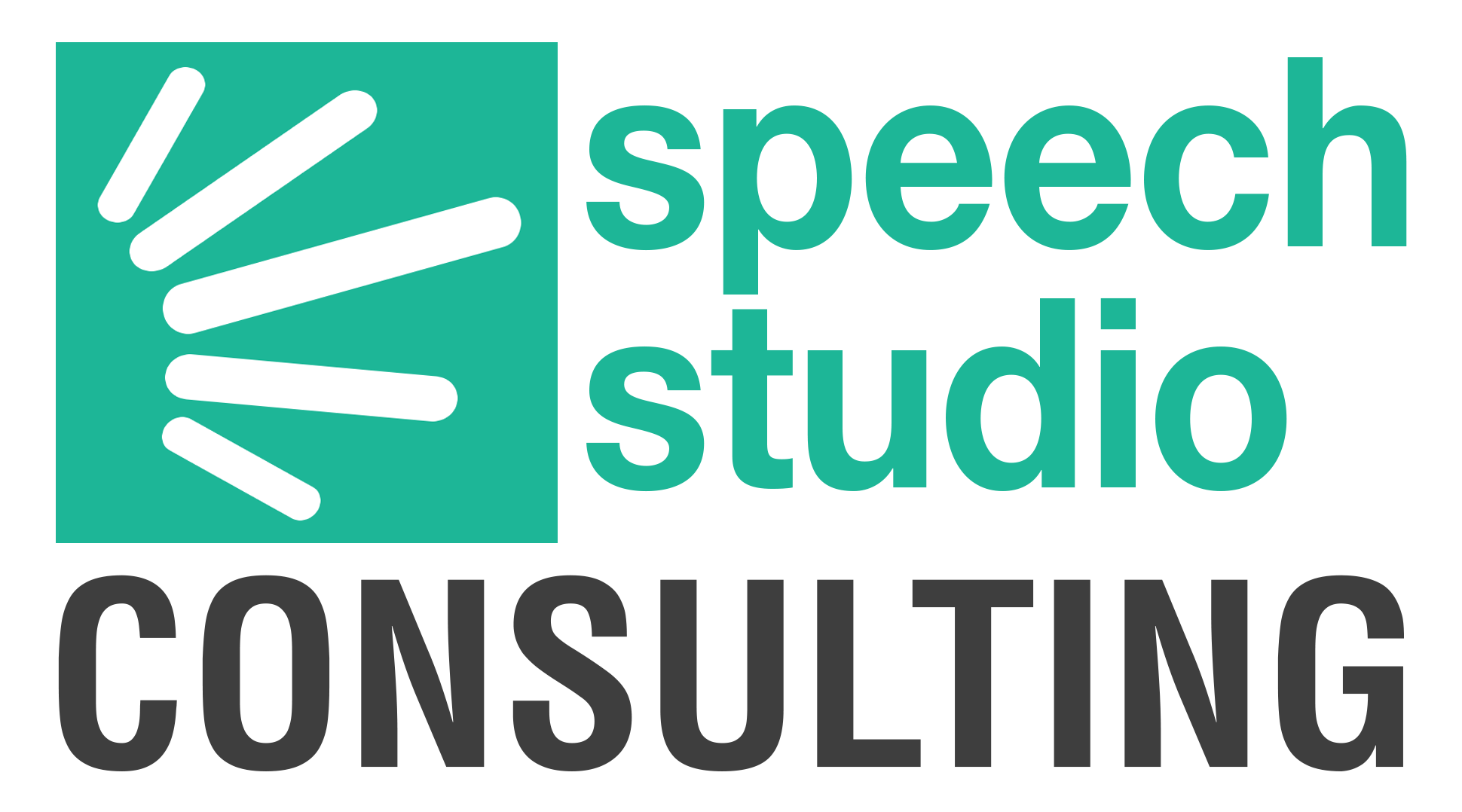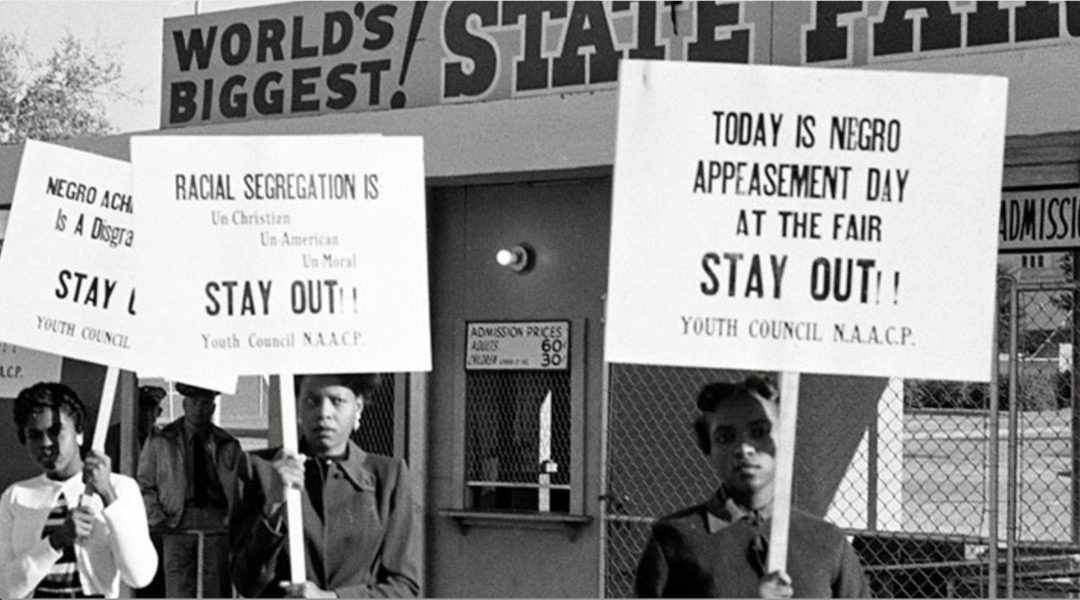by
_____
This week my mother turns 90. As my family gathers to celebrate her long life, it’s also an opportunity to reflect on nine decades in American history.
My mother was born in 1929. As a child she took swimming lessons in a segregated municipal pool in Houston. At age seven, she attended the Centennial of the Texas State Fair in Dallas, where African Americans were allowed only one day of the week.
As a girl she enjoyed the hit movie The Jazz Singer, with Al Jolson – one of the nation’s most popular and highest paid entertainers. Jewish people in particular loved it because the main character’s father is a cantor at a synagogue who desperately wants his son to carry on his profession. Jolson’s character performs in blackface — considered perfectly acceptable to critics and the moviegoing public.
In the early 1940s my mom was a student at Albert Sidney Johnston Junior High in Houston, named for a Confederate Army hero. The school is still there — with a new name. She graduated from the University of Texas in Austin when statues of Confederate heroes lined the campus mall. The statues are gone too.
Racism was ingrained in everyday life when my mom moved to Dallas as a newlywed in the late 1940s: at the Majestic Theater downtown, where it was whites-only in the orchestra; at restaurants and department stores that refused service to blacks; at segregated schools.
“We never even thought about it,” she told me, chagrined, four decades later as we watched together the landmark documentary “Eyes on the Prize” about the history of the Civil Rights movement. I’d always known her to be a passionate opponent of bigotry of all kinds, and her comment made me wonder: what else don’t we think about?
“History is bunk,” Henry Ford famously said in 1916. Unfortunately that troubling sentiment seems to have few dissenters today. According to The American Historical Association, the history major has seen the steepest decline among undergraduates.
In an uncertain job market the study of history, like the other liberal arts, is considered expendable. But in my experience, historical thinking is essential to the cultivation of clear thinking, analytical perspective, and good judgment. Far from a dead language or an arcane interest, historical awareness is necessary to understanding real world problems.
Unfortunately we live in an ahistorical age.
What so many recent controversies have lacked is historical perspective — whether it’s the scourge of anti-semitism, the black minstrel tradition, the role of vaccination in the fight against communicable diseases, or any number of other highly-charged topics.
Fortunately a solution to this knowledge gap is well within reach: the old-fashioned newspaper.
Washington Post publisher Philip Graham famously called journalism “the first rough draft of history.” Whether in print or online, newspapers (I mean broadsheets, not tabloids) come alive with context, nuance, and historical perspective.
So here’s my modest proposal: Let’s make newspaper reading mandatory in high school.
Teachers will set aside twenty minutes a day for students to learn about current events. Students will be responsible for reading at least one article about local news, international news, business, the arts, and sports.
Instead of getting “news” from social media or sound bites on cable TV, students will be exposed to evidence-based, researched, and responsibly reported journalism. They will learn to tell the difference between between a balanced and well-sourced article and a shallow tendentious one.
Students who develop the habit of reading the news will gain confidence in their views. As their own critical thinking develops, so will their curiosity. They’ll dig deeper into current affairs, see a universe beyond themselves, and care more about the world they inhabit.
Every day I set aside quiet time to read the news. So does my mom. Sharing articles and talking about the news is one of our favorite activities. Sometimes we agree; sometimes not. I want all students to have those daily conversations.
No doubt skeptics will object to taking time from an already crowded curriculum. But learning about current affairs gives depth and meaning to all the other subjects we ask students to tackle. In these times, there is no more critical subject than what’s taking place all around us — in real time, every day – seen through the lens of history.
Reading the newspaper every day brings home the urgent need to learn from our mistakes, aspire for a better world, and evolve.
My mother’s recollection — “we never even thought about it” — is a critical lesson in the classroom of life.
© Copyright 2019
________________________________
Want to talk? Reach me at dana@danarubin.com

